我會花很多時間思考未來。每當決定接下來要讀哪本書時,我常常選擇那些從另一個角度分析社會發展趨勢的書。所以當微軟首席執行官薩提亞·納德拉(Satya Nadella)告訴我他正在寫一本關於技術未來的新書時,我迫不及待地想要讀到它。因此,當他請我為這本《刷新》作序時,我便欣然同意了。
下麵就是我寫的推薦序,希望你能喜歡。對於微軟及整個科技行業的轉型,薩提亞有很多有意思的事情與大家分享。數十年來,我從他的深刻見解中受益匪淺,我很高興地看到現在其他任何人都有同樣的機會向他學習。
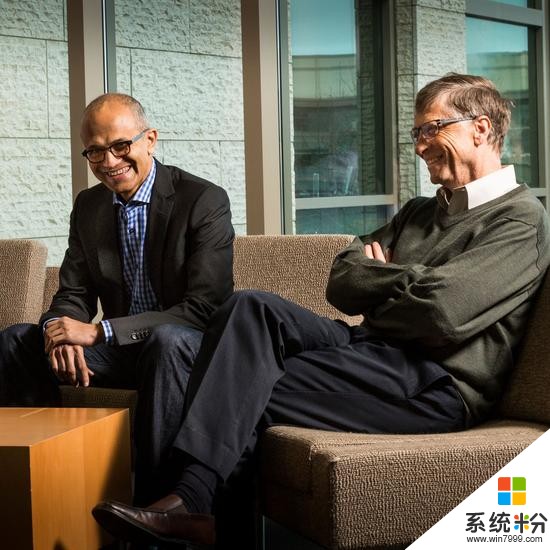
推薦序
我認識薩提亞·納德拉已經有20多年了。我們初次相識是在20世紀90年代中期,那時我是微軟首席執行官,他從事服務器軟件方麵的工作。服務器軟件在當時還是一個剛剛起步的業務,我們采取了一個長期發展策略,這帶來了兩方麵的好處:一是給公司增加了一個成長引擎,二是培養了很多新的領導者,他們現在管理著微軟,其中就包括薩提亞。
後來,他變換工作方向,轉而打造微軟世界級的搜索引擎。這之後,我們在工作上的互動更加頻繁。我們已經落後於穀歌(Google),我們最初的搜索引擎團隊正在追趕。扭轉乾坤的人中就有薩提亞。他是一個謙遜、有遠見和務實的人。他既能針對策略提出有見地的問題,也能與核心工程師融洽相處。
所以,在出任微軟首席執行官之後,薩提亞很快就把自己的印記烙在了公司的方方麵麵,對此我一點也不奇怪。正如本書書名所表明的,他並沒有與過去完全決裂:當你在瀏覽器上點擊“刷新”按鍵時,頁麵上的一些內容仍保持不變。但在薩提亞的領導下,微軟已經改變先前完全以Windows(“視窗”)為中心的策略。他賦予公司大膽的新使命。他總是處於一種對話狀態,不斷與客戶、頂尖研究人員和高管溝通交流。而至關重要的是,他在一些關鍵技術上加大投入,比如人工智能和雲計算等,這將會打造一個全新的微軟。
這是明智的策略,不僅對微軟如此,對任何想在數字時代取得成功的公司也是如此。計算機產業比以往任何時候都更複雜。時下,除了微軟之外,還有很多大公司在從事創新性工作,比如穀歌、蘋果(Apple)、臉譜網(Facebook)和亞馬遜(Amazon)等。前沿用戶遍布世界各地,而不僅僅獨在美國。對大多數用戶來說,個人計算機(PC)也不再是他們唯一的或者說主要的計算設備。
盡管計算機產業變革迅速,但我們現在仍處於數字革命的起步階段。以人工智能為例:想一想,在處理日常瑣事、安排會議和支付賬單等常規活動上,我們花費了多少時間?未來,人工智能助理會知道你在工作、有10分鍾的空餘時間,然後協助你完成待辦事項中的優先事務。人工智能將會讓我們的生活更有成效和更具創造性。
創新還將改善生活中的其他很多方麵。這也是我在蓋茨基金會最主要的工作。蓋茨基金會致力於減少世界上最嚴重的不平等現象。數字追蹤工具和基因測序已幫助我們幾近消滅脊髓灰質炎,它將成為第二個被徹底根除的人類疾病。在肯尼亞和坦桑尼亞等國家,數字貨幣讓低收入用戶第一次能夠儲蓄、借貸和轉賬。在美國各地的課堂,個性化學習軟件可以讓學生們自主掌握進度,讓他們把注意力放到最需要提升的技能上。
當然,新技術一定會帶來新挑戰。我們如何幫助那些被人工智能助理和機器人取代工作的人?用戶會相信人工智能助理提供的所有信息嗎?如果人工智能助理在工作方式方麵給你建議,你會接受嗎?
這正是這本書價值非凡的原因。在直麵難題的同時,薩提亞也對如何最大限度利用技術所帶來的機遇給出了一個路線圖。另外,他在書中還引人入勝地講述了自己的故事,各種精彩語錄很可能超乎你的想象;書中甚至還包括他深愛的板球運動方麵的一些體會。
我們應該對未來保持樂觀。這個世界正變得越來越好,進步的速度也越來越快。這是一本極具思想性的指導書,引領我們邁向令人興奮、充滿挑戰的未來。

Satya Nadella’s Guide to the Future
I spend a lot of time thinking about the future. When I’m deciding which book to read next, I often reach for ones that offer another perspective on where society is headed. So when Microsoft CEO Satya Nadella told me that he was working on a new book about the future of technology, I couldn’t wait to read it. And when he asked me to write an introduction for Hit Refresh, I was happy to say yes.
I hope you’ll enjoy my foreword, which I’ve shared below. Satya has a lot of interesting things to say about the transformation of both Microsoft and the tech industry at large. I’ve benefitted from his insights for decades, and I’m glad everyone else will now have the same opportunity to learn from him.
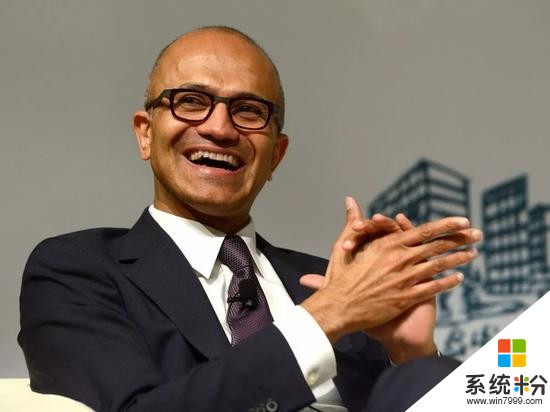
Foreword:
I’ve known Satya Nadella for more than twenty years. I got to know him in the mid-nineties, when I was CEO of Microsoft and he was working on our server software, which was just taking off at the time. We took a long-term approach to building the business, which had two benefits: It gave the company another growth engine, and it fostered many of the new leaders who run Microsoft today, including Satya.
Later I worked really intensely with him when he moved over to run our efforts to build a world-class search engine. We had fallen behind Google, and our original search team had moved on. Satya was part of the group that came in to turn things around. He was humble, forward-looking, and pragmatic. He raised smart questions about our strategy. And he worked well with the hardcore engineers.
So it was no surprise to me that once Satya became Microsoft’s CEO, he immediately put his mark on the company. As the title of this book implies, he didn’t completely break with the past—when you hit refresh on your browser, some of what’s on the page stays the same. But under Satya’s leadership, Microsoft has been able to transition away from a purely Windows-centric approach. He led the adoption of a bold new mission for the company. He is part of a constant conversation, reaching out to customers, top researchers, and executives. And, most crucially, he is making big bets on a few key technologies, like artificial intelligence and cloud computing, where Microsoft will differentiate itself.
It is a smart approach not just for Microsoft, but for any company that wants to succeed in the digital age. The computing industry has never been more complex. Today lots of big companies besides Microsoft are doing innovative work—Google, Apple, Facebook, Amazon, and others. There are cutting-edge users all around the world, not just in the United States. The PC is no longer the only computing device, or even the main one, that most users interact with.
Despite all this rapid change in the computing industry, we are still at the beginning of the digital revolution. Take artificial intelligence (AI) as an example. Think of all the time we spend manually organizing and performing mundane activities, from scheduling meetings to paying the bills. In the future, an AI agent will know that you are at work and have ten minutes free, and then help you accomplish something that is high on your to-do list. AI is on the verge of making our lives more productive and creative.
Innovation will improve many other areas of life too. It’s the biggest piece of my work with the Gates Foundation, which is focused on reducing the world’s worst inequities. Digital tracking tools and genetic sequencing are helping us get achingly close to eradicating polio, which would be just the second human disease ever wiped out. In Kenya, Tanzania, and other countries, digital money is letting low-income users save, borrow, and transfer funds like never before. In classrooms across the United States, personalized-learning software allows students to move at their own pace and zero in on the skills they most need to improve.
Of course, with every new technology, there are challenges. How do we help people whose jobs are replaced by AI agents and robots? Will users trust their AI agent with all their information? If an agent could advise you on your work style, would you want it to?
That is what makes books like Hit Refresh so valuable. Satya has charted a course for making the most of the opportunities created by technology while also facing up to the hard questions. And he offers his own fascinating personal story, more literary quotations than you might expect, and even a few lessons from his beloved game of cricket.
We should all be optimistic about what’s to come. The world is getting better, and progress is coming faster than ever. This book is a thoughtful guide to an exciting, challenging future.
相關資訊
最新熱門應用
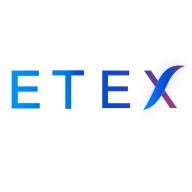
雲比特交易所app
其它軟件14.54 MB
下載
芝麻app交易平台官網安卓
其它軟件223.89MB
下載
薄餅交易所app地址中文版
其它軟件287.34 MB
下載
gate.io蘋果交易平台
其它軟件287.34 MB
下載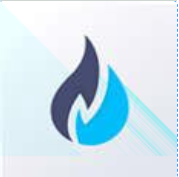
ambc交易所app
其它軟件34.95 MB
下載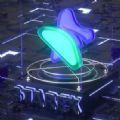
hopoo交易平台
其它軟件18.98MB
下載
比特國際數字交易所app
其它軟件163.20M
下載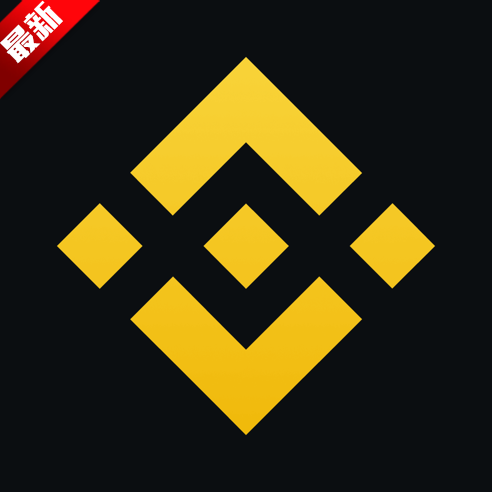
安幣交易所app最新版官方
其它軟件178.1M
下載
v8國際交易所app
其它軟件223.89MB
下載
中幣交易app蘋果版
其它軟件223.89MB
下載